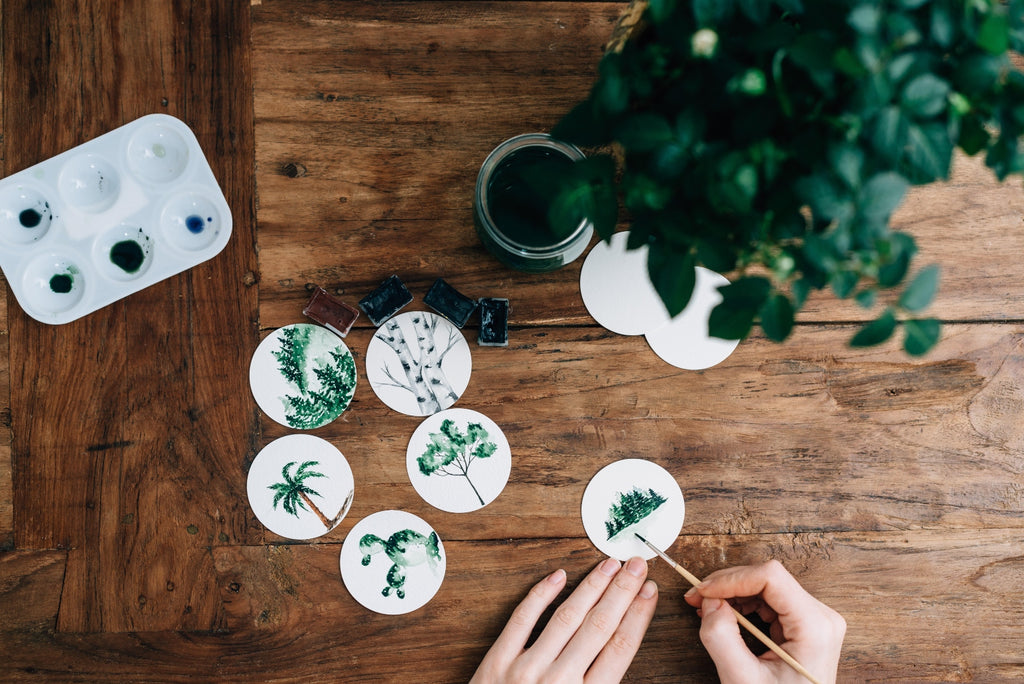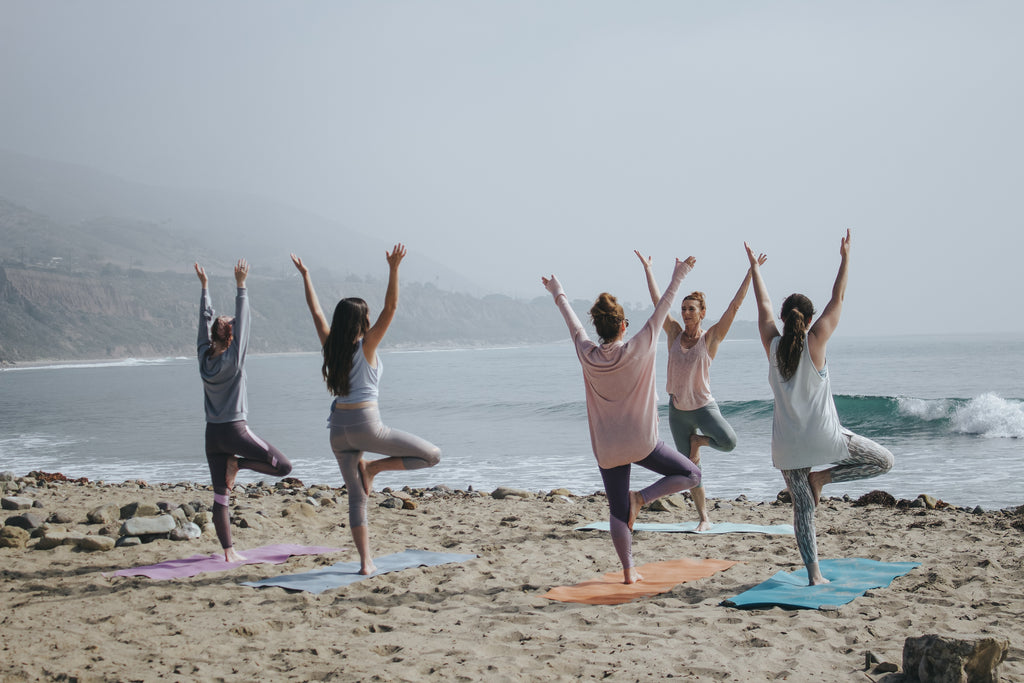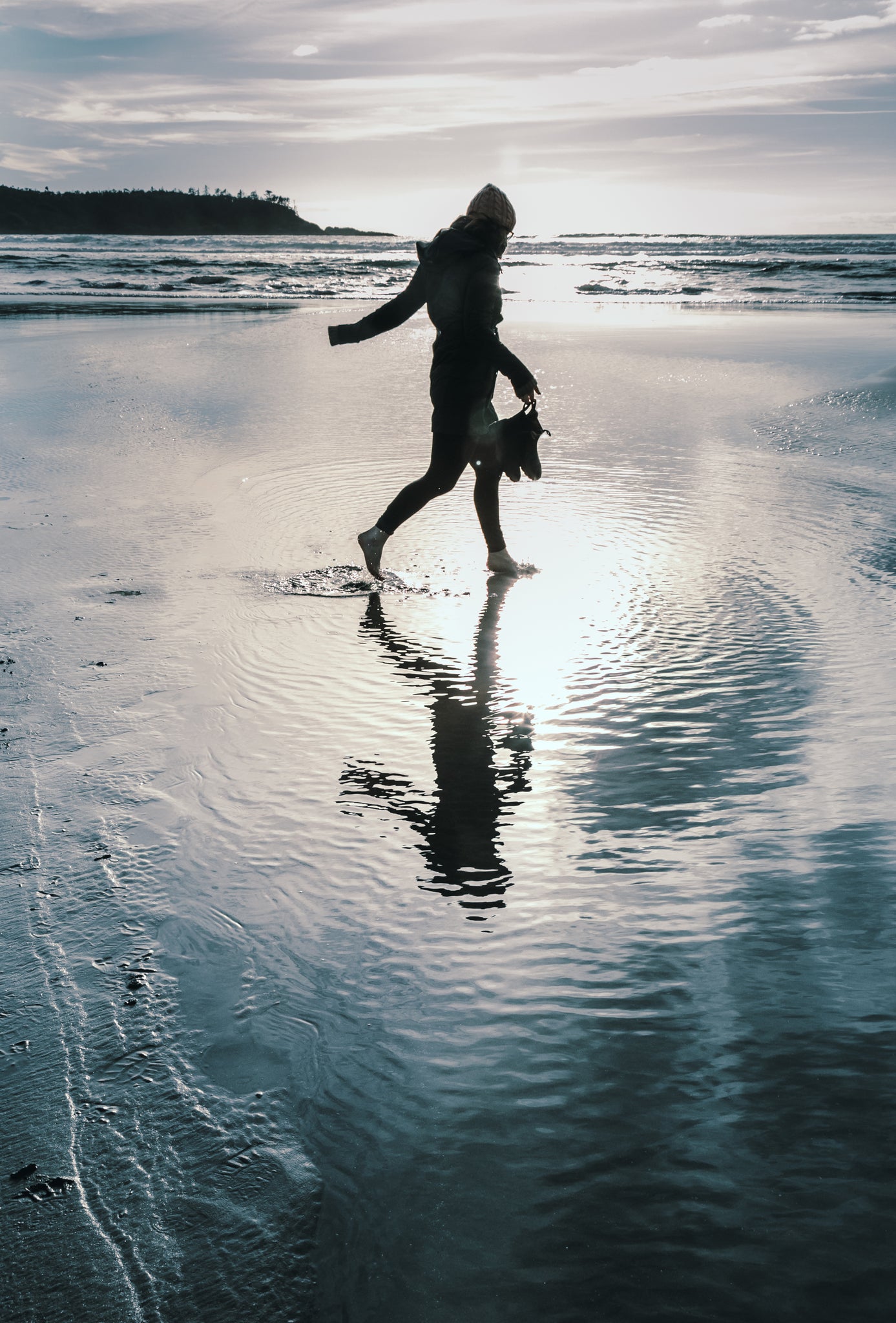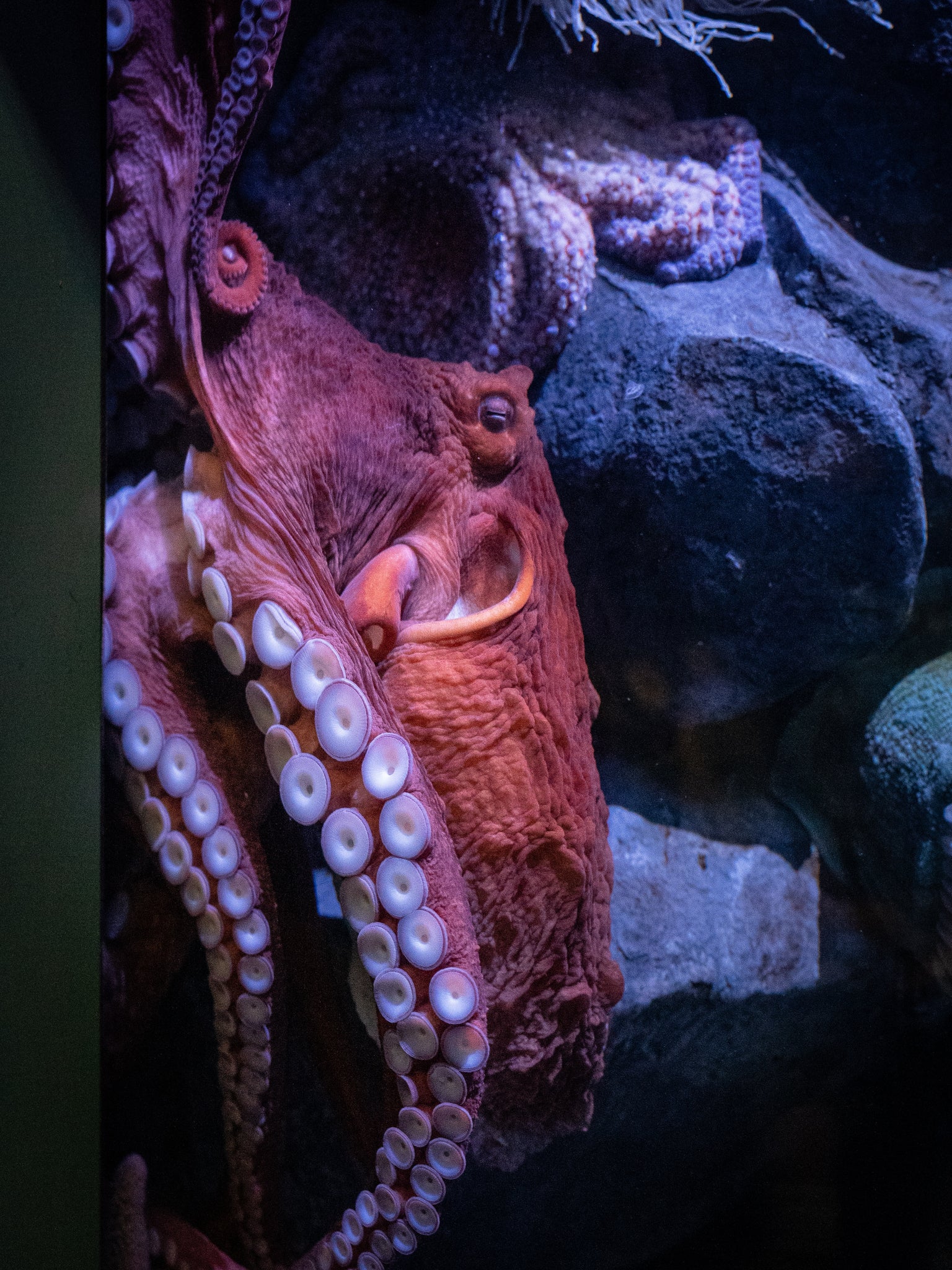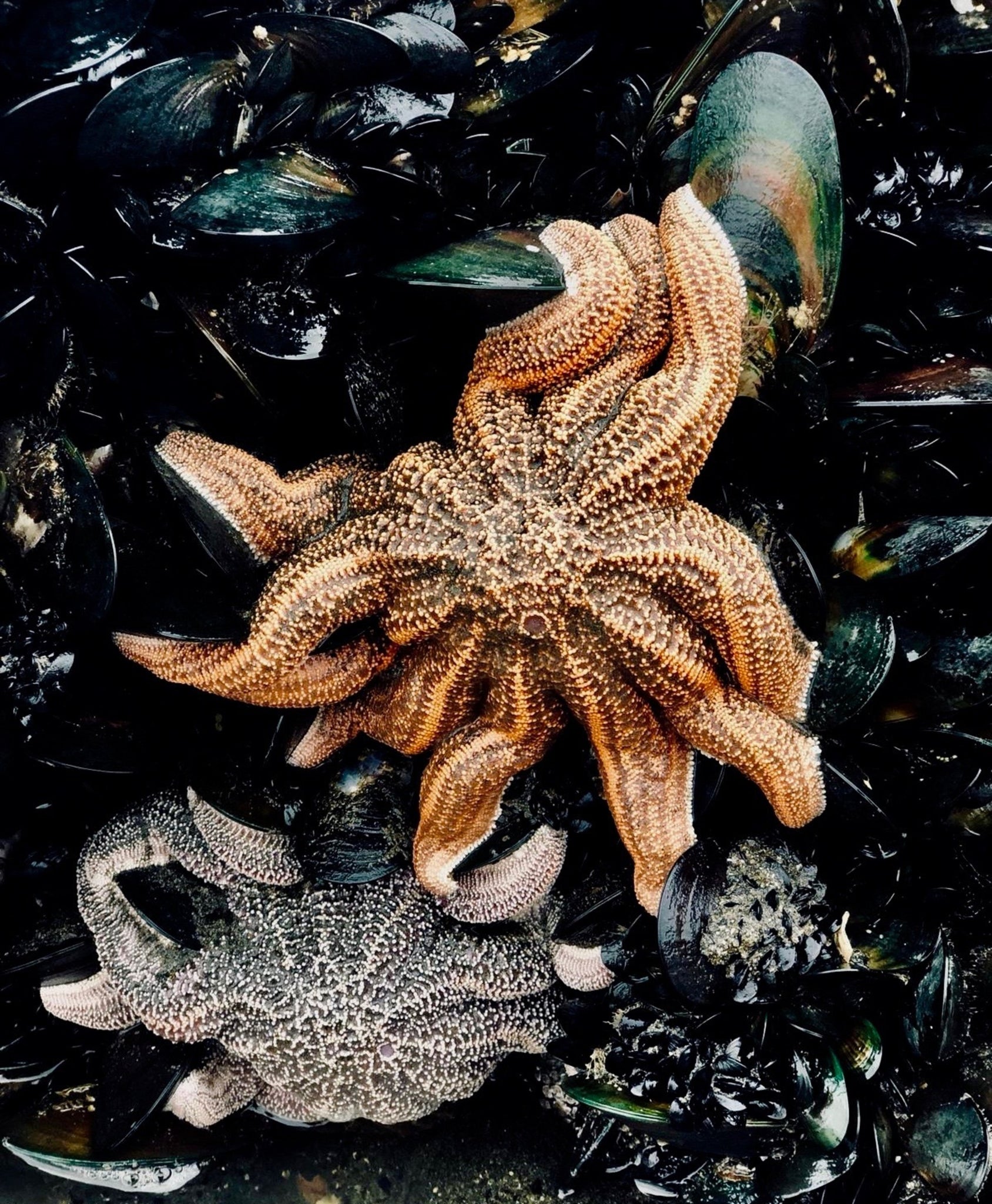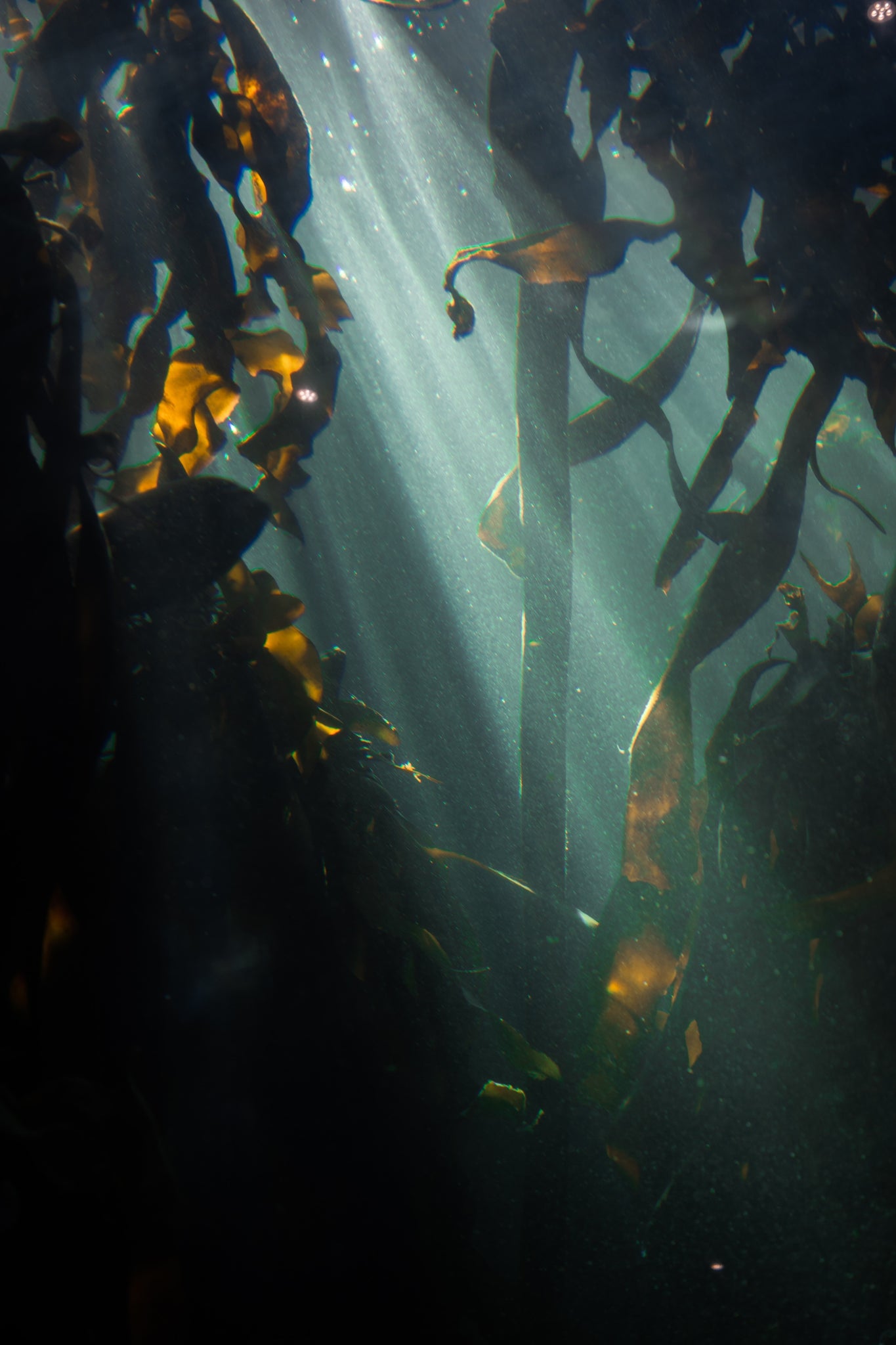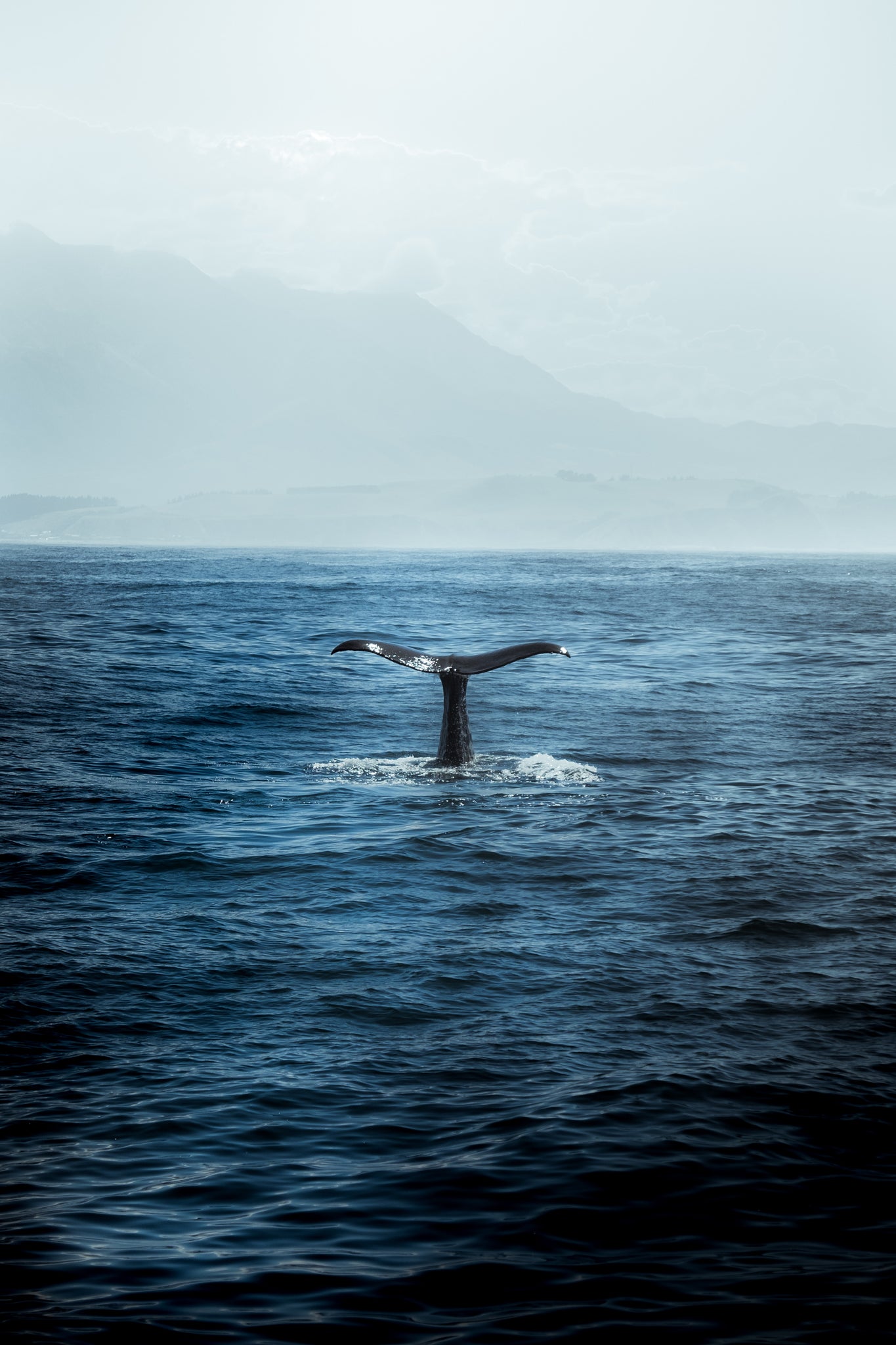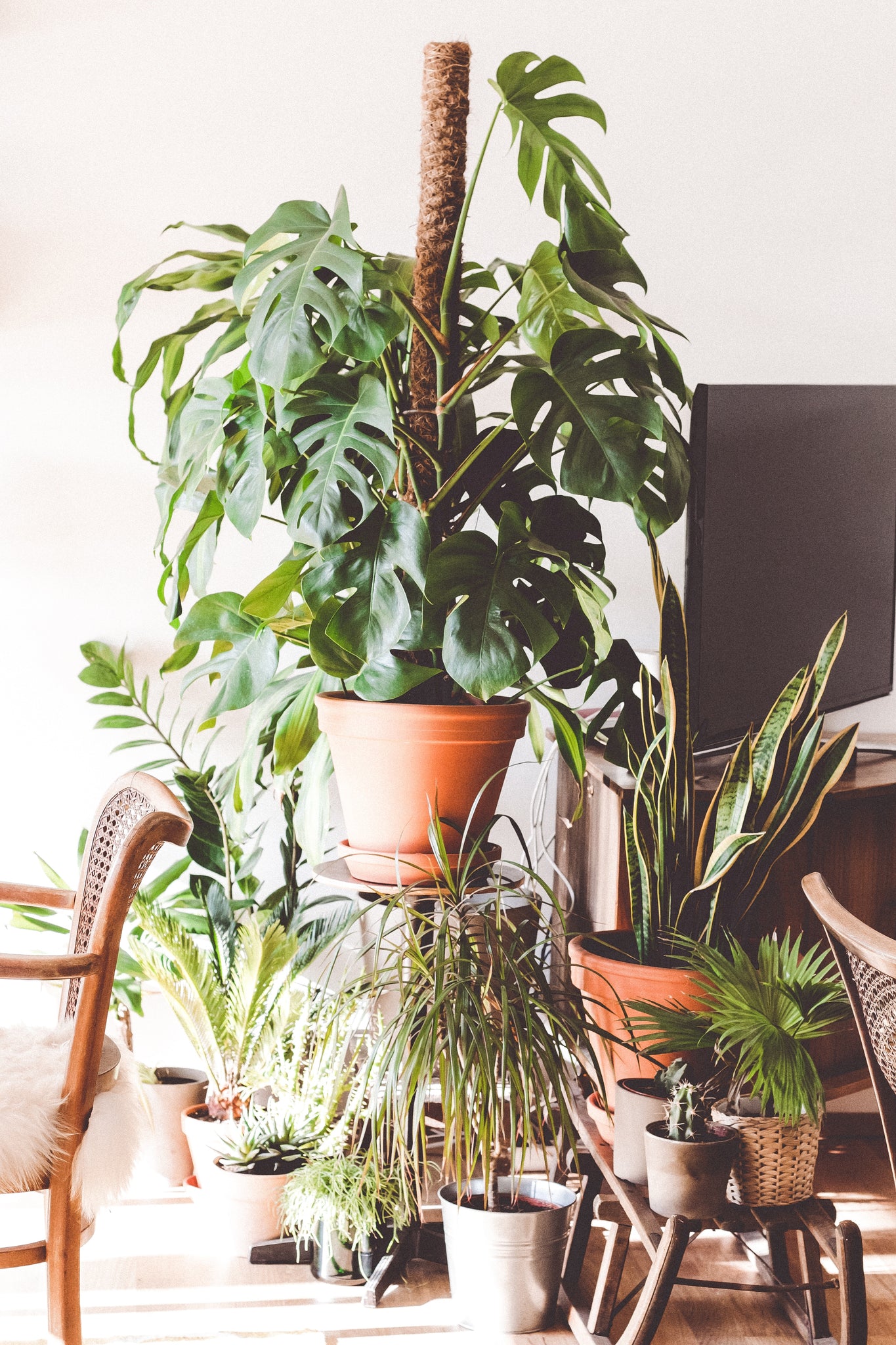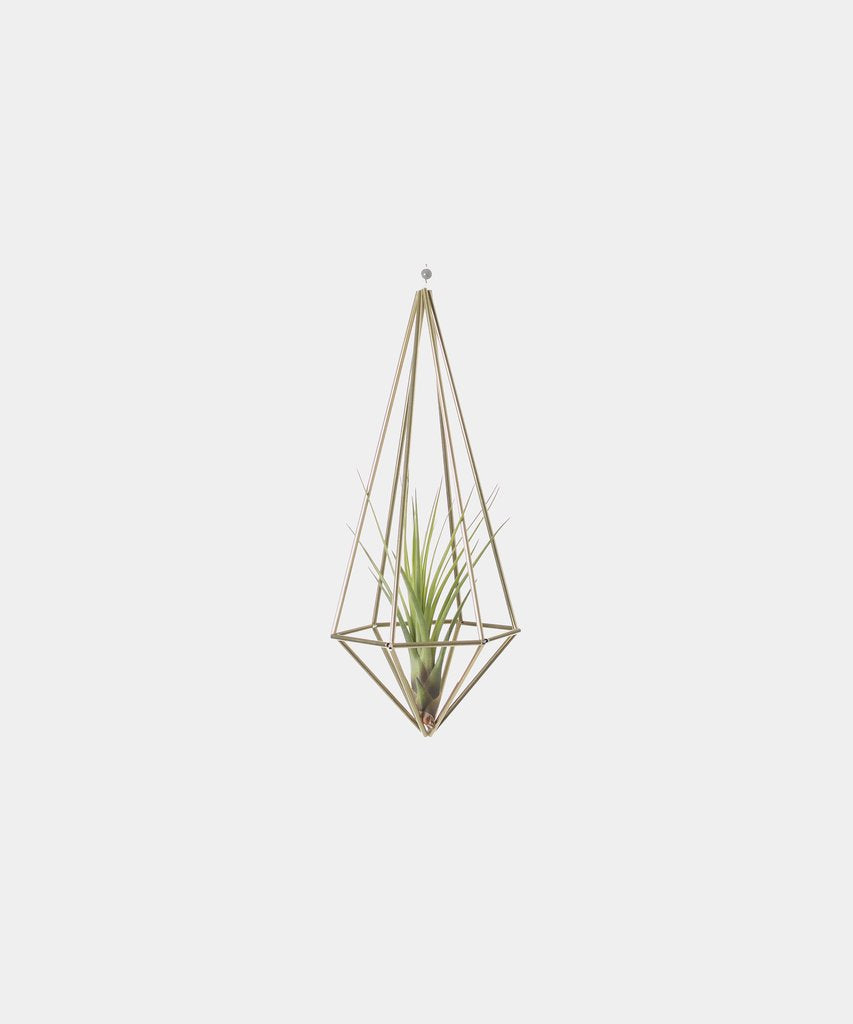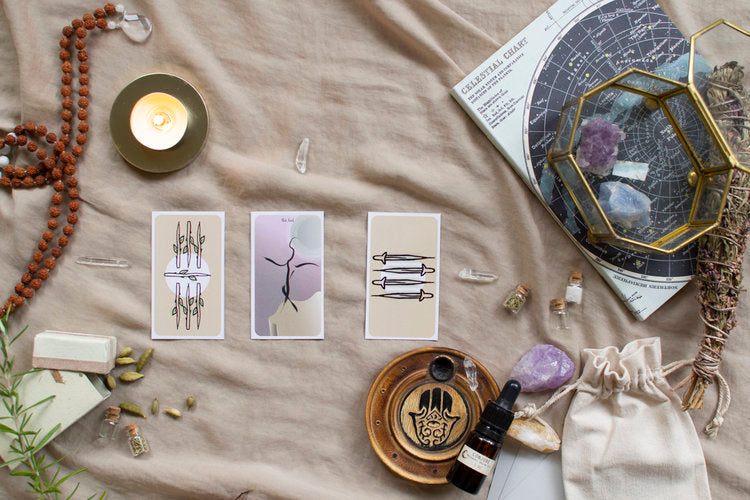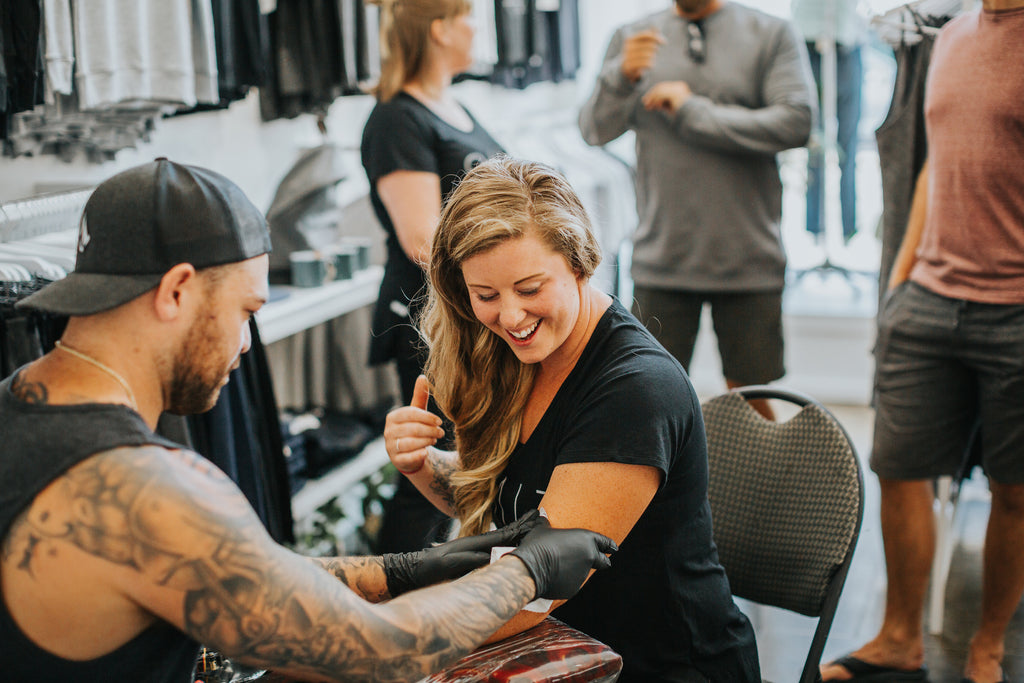We say it all the time, that we need to save our Oceans, to change our habits, to keep trash out of the sea, but since we aren't seeing the global shift that we really need, we think it bears repeating. We have to ask - does it not seem odd, that more people aren't woeful, or even terrified about the negative effects that have been reported? We know that life on Earth exists primarily because of our abundance of water, so how are we not linking that to how we are treating the planet's Oceans and waterways? In the immortal words of our hero Sylvia Earle "No water, no life. No blue, no green." We dwell in the green, and all around the blue - if they disappear, so do we.

It would seem that the younger population is not as complacent about this reality as some have been in the past. Let's give a shout out to the next generation and their ability to get the world's attention! With the awesome momentum that Greta Thunberg + the global Climate Strikes have created, issues ofall kinds surrounding pollution + Climate Change are getting a bigger voice. We can all give a big cheers for that!
One topic we are especially happy to see rising to the forefront of this movement is the affect Climate Change is having on our Oceans, and what we are doing that directly affects their health - that's unfortunately not a short list. We want to bring a little extra awareness to one of the biggest issues on that list - microplastic pollution.

Historically speaking, it is no longer surprising when some of the smallest culprits become the biggest problems. Mosquitos carry some of the world's deadliest viruses, germs we can't even see cause epidemics, and here we are in the middle of a different kind of sickness caused by tiny offenders that has been evolving for decades. It's sadly not unforeseen that the plastics that are floating around in the sea are breaking down and getting into everything - Arctic ice, fish bellies, RAIN!, AIR!, our food - which means it's in us too! We know this is wrecking havoc on marine life + their habitats, what we don't know is what are the long term effects on the rest of the world, and on our own bodies? Nothing is boding well at this point.
The textiles industry is a bigger contributor than we'd like to think, maybe even one of the worst, especially fast fashion producers. If we aren't wearing sustainable fabrics, or using a product like the Guppyfriend Washing Bag to help capture microfibres, then every time we do laundry, the fibres released from any synthetic clothing get dumped into our waterways + will stay there forever. That is a big reason we chose to create from natural fibres - they are biodegradable, plastics are not. We haven't reached perfection in our fabrics yet, but we are researching constantly to find the best options for our bodies + our planet. 
We aren't scientists, and we are very grateful for the minds out there who are putting their research efforts towards finding answers that will wake up the public + hopefully garner enough lobbying power to see real change from policy makers. That being noted, we know those in the know can say it better than we can. Check out these articles + videos that highlight the ways microplastics harm our Oceans, and what else is being done to understand the growing impact they are having on our environment as a whole.
- The HUGE Problem of Microplastics - oceana.org
- How Your Clothes Are Poisoning Our Oceans and Food Supply - theguardian.com
- The Big Problem of Microplastics - nottingham.ac.uk
- As Synthetic Microfibres Infiltrate Food, Water, and Air, How Can We Prevent Future Release? - eco-business.com
- The World's Oceans Are in Danger, Major Climate Report Warns - New York Times
- Immerse your senses in the beauty of the underwater world with BBC Earth's Blue Planet II. It is a beautiful and insightful documentary that could inspire you to take action!

We're so happy that the microplastics problem that our Oceans are facing is finally getting the attention it deserves, or at least, the start of it. There is much more research needed to understand what the lasting affects of this toxic habit we have will be. Let's hope that the powers that be recognize that there need to be significant shifts in policy (especially for industry) for us to conquer these issues going forward, and actually enact them. And we, as the public, can help that change by using our dollars, our votes, + our voices to make a difference. Don't wait.
Support organizations trying to make a difference!
from SALT Shop - Journal https://saltshop.ca/blogs/news/microplastics-pollution
